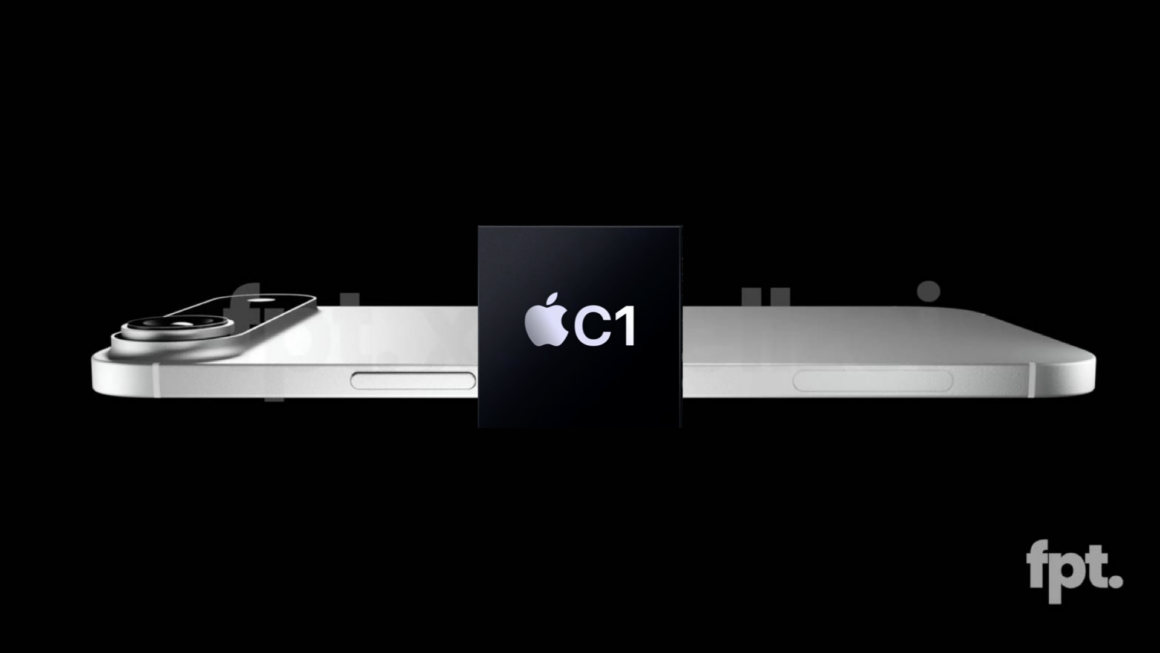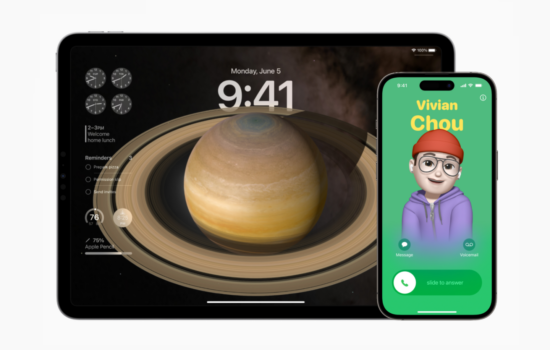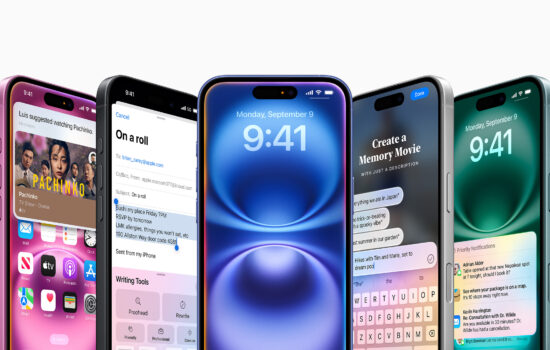The announcement of the iPhone 16e last week saw the debut of the C1, which is Apple’s first in-house modem. One of the biggest features that stands out the most for the iPhone 16e is that it has the longest battery life ever on any 6.1-inch iPhone, even besting out the regular iPhone 16. That’s all possible thanks to the unparalleled energy efficiency of the C1 modem as well as an internal redesign for a larger battery. There’s another iPhone model that’s been highly anticipated, and it’ll be unlike any iPhone that Apple ever released, and here’s why. But first, let’s take a trip down memory lane.
At the beginning of the 2000s, Apple was using PowerPC processors for its Macs, which provided powerful performance back then. However, the issues started to arise, especially with the G5 processors because those processors became too power-hungry for the PowerBooks. In fact, the G5 had worse performance per watt than the preceding G4 processors. Apple had to look elsewhere, and they found Intel, whose processors offered great power efficiency. As a result, Apple transitioned to Intel processors in 2006, and that transition would allow Apple to develop the MacBook Air. That laptop was unlike anything that Apple introduced because the company declared it as “the world’s thinnest notebook,” and what made the MacBook Air so thin was thanks to Intel’s custom-design processors that were made specifically for notebooks like the MacBook Air. Although the MacBook Air had a rocky start, it eventually paved the way for ultrabooks, or thin-and-light laptops, to become mainstream, and the MacBook Air became more affordable than ever.
However, it wasn’t all butterflies and rainbows for Intel as Intel started to face several quality issues with its newer processors. The company failed to meet its own goals to develop smaller dies for better efficiency. It got so bad for the 2016-2018 MacBook Pros that they thermally throttled big time. After developing Apple Silicon for both the iPhone and iPad for several years, Apple saw the benefits of the Mac, so it announced that it would transition the entire Mac lineup to Apple Silicon. The bold move really paid off as it not only allowed MacBooks to have longer battery life and all Macs to run cooler, but it also allowed Apple to make drastically new designs that are small in volume. We saw this with the 24-inch iMac in 2021, the even thinner MacBook Air in 2022, and most recently, the redesigned Mac mini from 2024, which takes up to 40% less volume than the previous Mac mini.
With Apple Silicon, Apple has been able to develop better products with improved energy efficiency, and the company has now applied the same technology to its modem chips. Interestingly, Apple actually acquired the majority of Intel’s smartphone modern business just one year before its announcement of the Mac’s transition to Apple Silicon. So what does this mean for Apple’s upcoming smartphone? It means that we may finally see an even thinner iPhone again. The so-called ‘iPhone 17 Air’ was initially rumored to have a smaller battery, which raised concerns for analysts and potential users who care about battery life. However, after what we saw with the advancements in C1, it looks like the upcoming ‘iPhone 17 Air’ will have more comparable battery life as the regular iPhone 17 now that it’s expected to feature the C1 too. Since the C1 won’t appear in other iPhone 17 models, the C1 is clearly an experimental project for Apple, and it will allow Apple to demonstrate the possibilities of a thinner iPhone just like how Intel allowed the MacBook Air to exist and how Apple Silicon allowed the Mac mini to get smaller.
A thinner iPhone looks more promising than ever, and I think it’s going to be a breakthrough product, especially for a device that will be much easier to hold even if it has a larger screen as the ‘iPhone 17 Air’ is expected to feature a 6.7-inch screen.
Are you excited for the ‘iPhone 17 Air’? Sound off in the comments below, and follow us on X for more Apple-related news.








